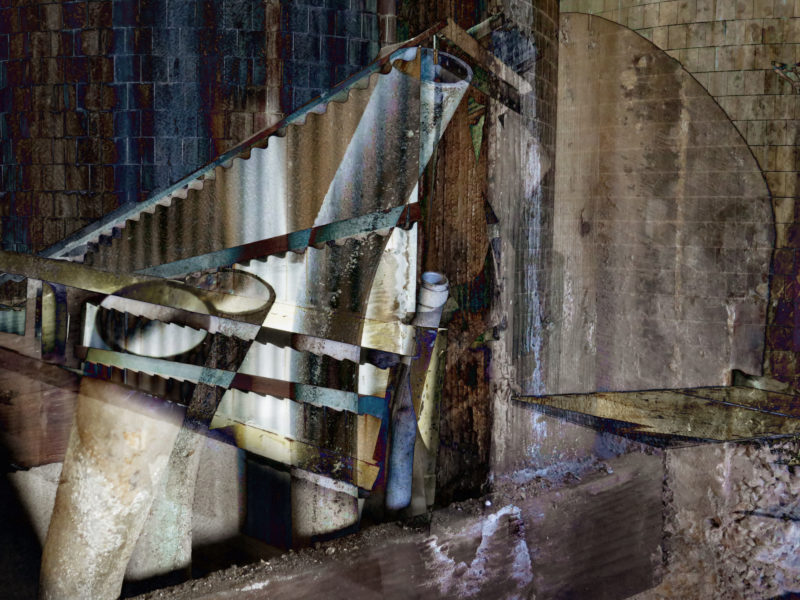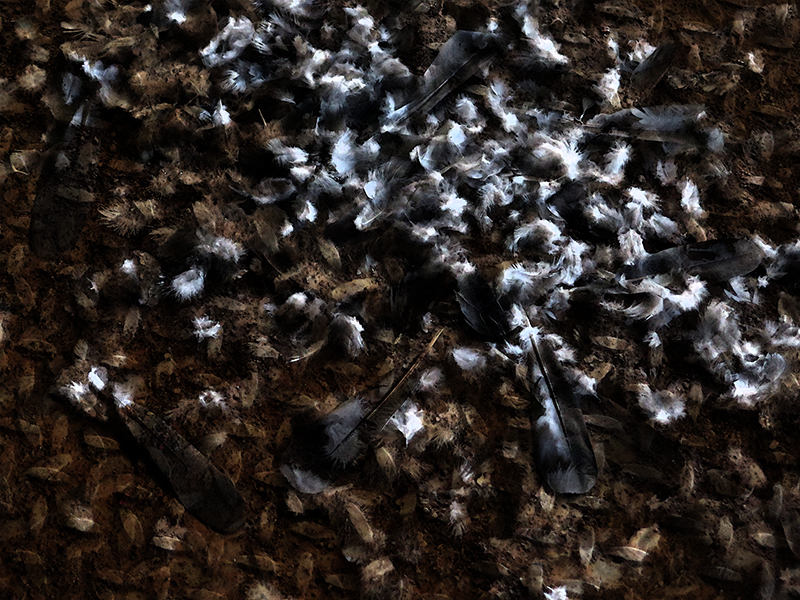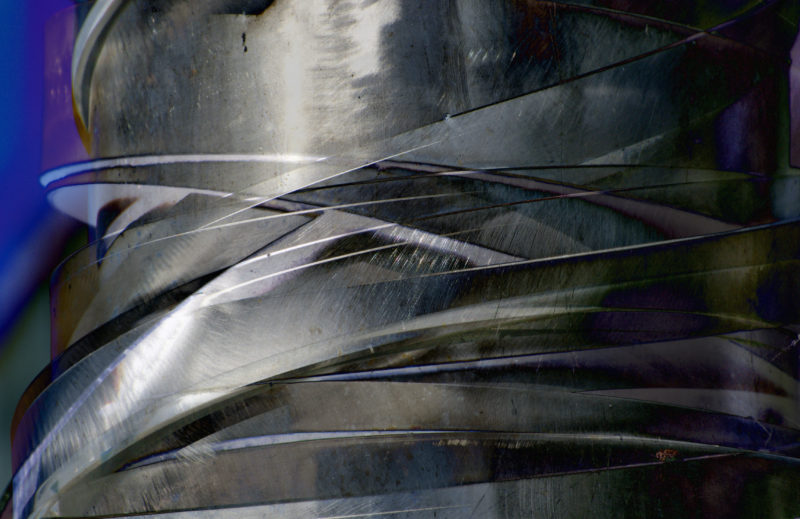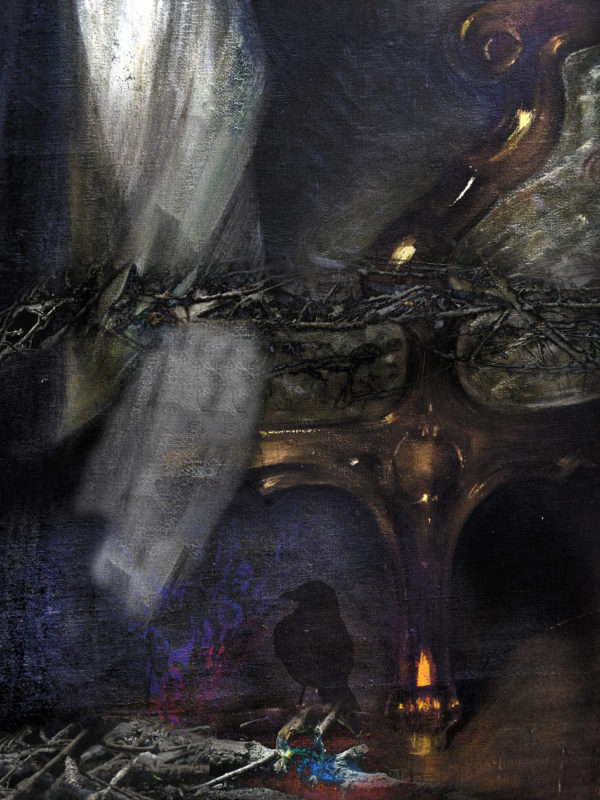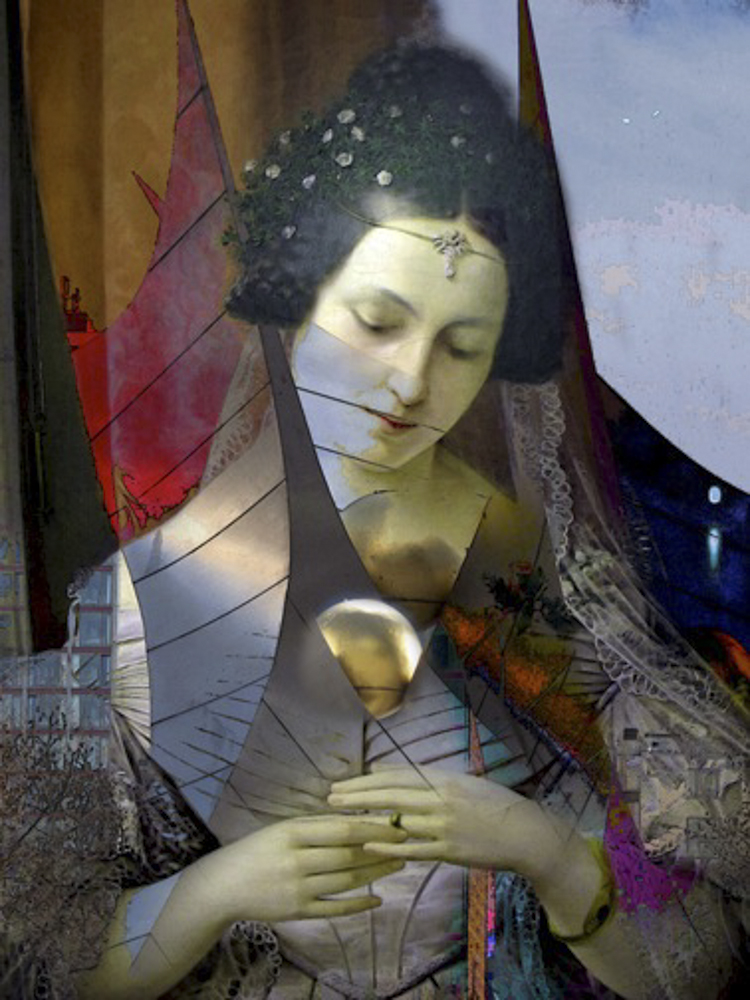
“Abstract art does not stimulate the same brain regions as figurative art. Therefore it is not art.” That kind of statement by a prominent arts educator and co-editor of a major journal, Aristos, Michelle Kamhi, needs no comment other than eye rolling. Yes, there is an association between presenting a figure to the brain and its object-recognition centers lighting up when tested with all the fancy gadgets and methods neuroscience has to offer. But why would the activity in other parts of the brain, when confronted with unfamiliar stimuli, exclude the classification of those stimuli as art? You tell me. (She, by the way, also managed to misinterpret the results of complicated physiological studies, and wrote prominently in the Wall Street Journal that art education has no place for political and social justice topic discussion, but should focus on teaching kids how to draw. Nuff said.)
Neuroimaging and its colorful pictures you see in the news are only correlations – they don’t tell you whether a pattern of activation is a cause of a mental state or a consequence. Even if we set that issue aside, knowing a pattern of brain activation is helpful only if we know the actual specific function of the activated regions, both on their own and as part of the overall ensemble of brain activity, and in virtually all cases we don’t have the level of knowledge about these functional issues to allow interpretation of these activation states – yet.
A lot of what is offered by neuroscience as the newest insight has been part of the psychological canon for centuries. If you look at a painting, figurative or abstract, at different times, while in different internal states, it influences how your brain reacts to it – duh. Personality variables are correlated with creativity – both in producing and consuming abstract art – a high degree of tolerance for ambiguity chief among them. Familiarity increases liking – so that it is more difficult to embrace unfamiliar art. Context influences what emotions arise: all viewers have more positive feelings when they think an abstract painting is from a museum than was generated by a computer. The split between more educated audiences and the average person on the street in their degree of emotional reaction to abstract art has a similar cause: the context of knowing about the goals of the artist, or the history of modernism, might add to your appreciation of the painting in front of you. (In this case Kasimir Malevich)
Here is the most interesting speculation. When we try to recognize something, activation can theoretically spread across the entire neural network that makes up our brain. That would lead to so many dead ends, that inhibitory mechanisms kick in at the start to narrow the search. With totally unfamiliar stimuli – like an abstract painting – that inhibition doesn’t happen because we don’t know what to exclude as least likely candidates. This frees our thought to go into many and unanticipated directions – an unfamiliar state that we might find pleasant since the brain reacts positively to novelty and insight. Ok, let’s end the psych lecture here and spare you additional reading….
